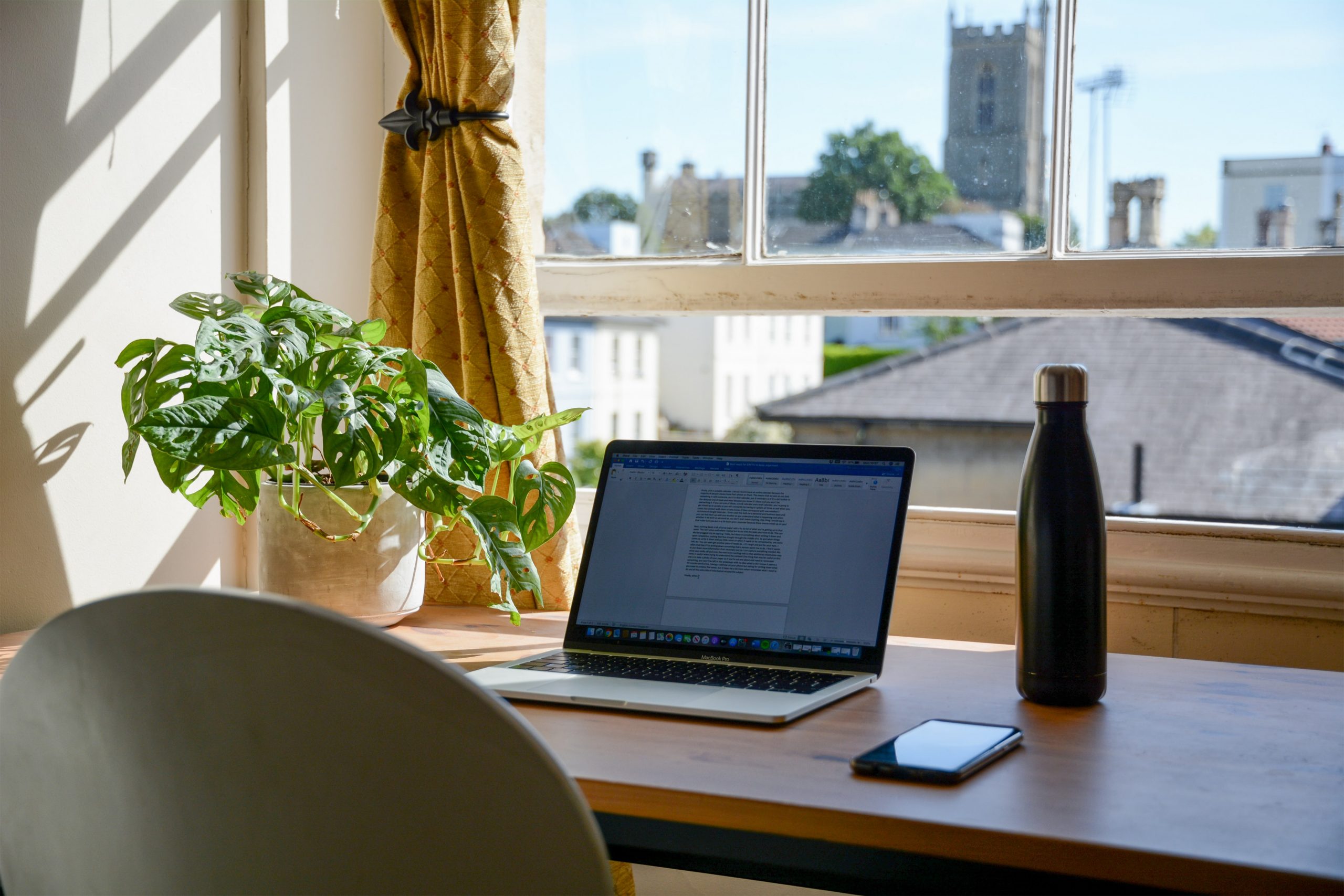The difference between agility and flexibility in business
22nd Sep 2021
Looking back on the past two years, many business owners will be shocked to consider just how fundamentally their businesses were altered by the pandemic. From homebound workers, Zooming away from their kitchens to pub landlords who have found themselves legally forbidden from opening for much of 2019-2020.
Of course, all of this has lead to a huge amount of academic discussion on the importance of so-called flexibility and agility in the sense of business strategy. It was the businesses that managed to be both flexible and agile that managed to outperform their competitors in response to lockdown. But what many don’t realise is that while the words are related they are not synonymous.
In a Chron article Denise Brandenberg states “When a business is flexible, it is able to make changes within the current organisational system, while agile businesses are able to change the overall system completely in response to an external force.”
Being flexible

Take for example a call centre — for many years the technology had existed that would allow people working in a telecoms bank to do so from home providing they had a decent internet connection. Yet when the order came to work from home it was the businesses that had prepared for this already, by investing in necessary equipment that outperformed others.
While working from home was a novel change for most office workers, fundamentally their day to day lives were much the same. Face-to-face meetings became video conferences and their desks moved from the office to the living room. Structurally however, everything was pretty much business as usual, most staff performed the same role as they normally did only they’d swapped their shoes for slippers. What’s more the business provided exactly the same service as it normally did.
Being agile

On the other hand pubs and restaurants, many of which had never offered takeaway before were suddenly faced with a much more perilous decision — furlough staff, minimise overheads and hope that cash reserves would tide them over for a long lockdown hibernation, or fundamentally change what their business offered — offering takeaway and delivery services, some even turned to Zoom cocktail making classes. The businesses that chose the latter were agile. This is a considerably more seismic change to business, it required front-of-house teams to become bicycle couriers, bar staff to become Instagram stars and innumerable other changes.
What this demonstrates
These two terms have existed in the parlance of business gurus for decades but until recently have been discussed little outside of trade literature and academia. Indeed, for many their actual applicability ‘in the real world’ was only demonstrated by an event the magnitude of a global pandemic.
Going forward, however, it is doubtful that any business that weathered and survived this event will not now realise the importance of preparation and contingency planning as a core part of their business strategy. It was after all the businesses that managed to adapt and modify as quickly as possible who have fared best in the last twelve months.
While The Telegraph reports that one in four businesses will now switch permanent to a work from home model, it is very unlikely that any business that does return to the office, will not now have a protocol in place to switch to remote working at the drop of a hat. The real question going forward for most businesses as we hopefully move to the end of the Covid-era will be, how can they make themselves both more flexible and agile in the future?
